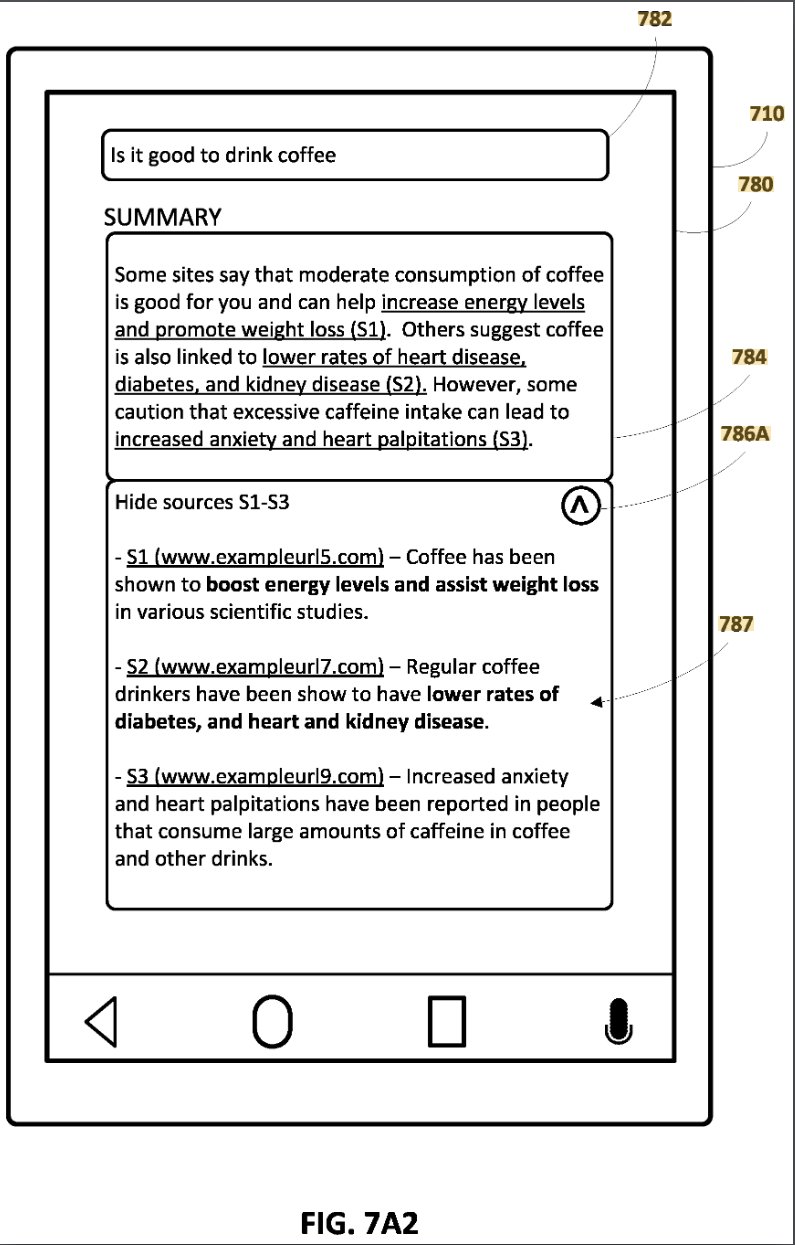Query-Responsiveness ≠ Query-Relevance

Just because a web page is relevant to a search query doesn’t mean it deserves to rank.
In the early days of Topical Authority discussions, many focused too heavily on pure relevance. But ranking only by relevance—without considering what the user wants to do—is a critical mistake.
Even if your page scores high in PageRank and semantic relevance, it won’t rank in Google’s AI-driven results if it fails to support the action-intent behind the query.
Think about queries with verbs like “buy,” “compare,” “watch,” “subscribe,” or “download.” If your page doesn’t allow or guide users to take that action—or if it lacks a centerpiece annotation that reflects this—Google’s AI won’t cite you in Generative Overviews.
This is where Query-Responsiveness comes in.
We introduced this concept 3 years ago to explain why relevant actions beat relevant text. It’s a distinction now echoed in Google’s own patents, like the “Generative Summaries of Search Results,” which clearly states:
“Selecting the query-responsive search result documents includes selecting them from a superset of documents responsive to the query, based on one or more corresponding features…” (Patent paragraph [0154])
In simpler terms: Google first looks at all relevant documents, then picks the ones that are responsive—the ones that actually fulfill the intent behind the query.
⚠️ This is why content-only sites often fail to thrive, while SaaS, forums, and e-commerce platforms dominate—they’re action-oriented and responsive by design.
🔑 If your page isn’t query-responsive, you’re at risk of being buried in the supplemental index—even if your content is semantically brilliant.
